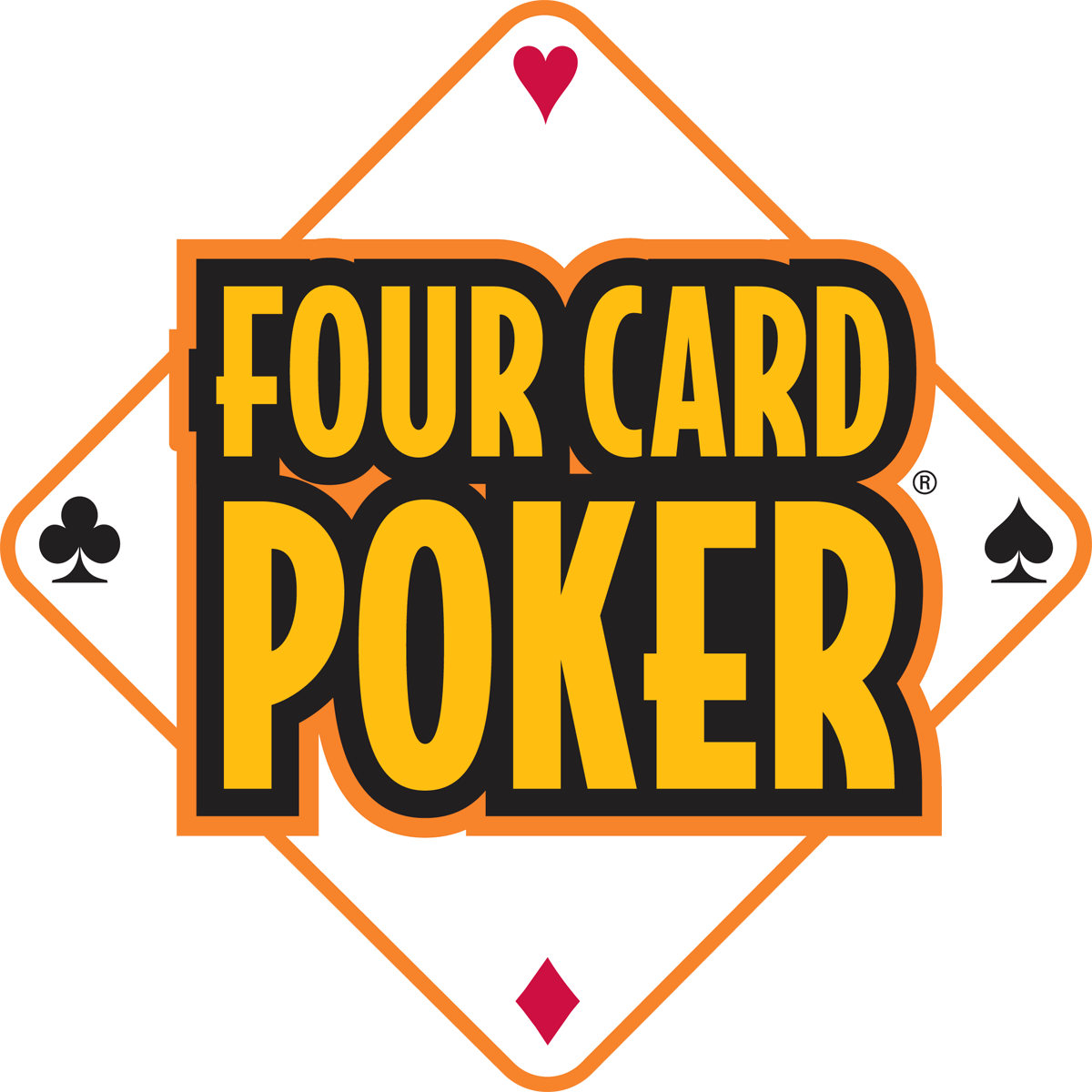Last week, I described how all casino game strategy is
based on expected values. You hit or
stick in blackjack not because you hope the next card is of a certain value,
but because there are certain probabilities as to what the next card will be
and how it will affect your hand and your chances of winning or losing. If
you're dealt two face cards, you don't give much thought to strategy. Hopefully, you're not one of those Players
who even thinks about splitting 10's!
But, if you are dealt a 16 and the Dealer has a 7, you
start giving thought to the strategy.
With a 16, you have 5 cards that will help you and 8 that will bust
you. The odds don't look to good and
this is why a lot of people stick on this hand, albeit incorrectly. You can stay put, but with a 16, the only way
you can win is if the Dealer busts, which will happen only 26% of the
time. So, your choices are a 61% chance
of busting right away or sticking and having a 74% chance of losing that
way. Of course, by hitting you also have
an opportunity improve your hand. All of
the 5 possibilities improve your hand.
If you pick up an Ace, you'll be most likely to push. Pick up a 5 and you'll win more than 92% of
the time. Don't get me wrong, it is not
a strong hand and the decision to hit is not an overwhelming one, but it is
still the right move. In the simplest
form, if you face this situation enough times - which you will if you play for
a few hundred hours, you'll find that you do better by hitting than by
sticking.
In blackjack, you don't have to memorize all of the math
behind the game. You don't have to
figure out how many cards will bust you or bust the Dealer. To learn to play blackjack, many Players use
a simple strategy table. It is a simple
little chart that shows every possible Player hand and each possible dealer
upcard. It then shows what to do - hit,
stick, double, split, surrender, etc..
Guys like me have already done all the number crunching for you.
Video poker is no different than blackjack except the
decision making process is far more complex.
In blackjack, the result is essentially binary - you win or you lose
(okay, you can tie also, so it is not really binary). In video poker, you can have 1 of many
results - ranging from a Royal Flush down to a High Pair or you can lose. Since each of the different winning hands
pays a different amount, the specific result must be taken into account. If someone invented a game of video poker in
which all hands above a certain rank paid a fixed amount, then we'd be able to
lump all the hands into win or lose.
But, we need to know the probability of each final outcome with a
different payout in order to appropriately determine the value of getting that
hand. Surely, it is more valuable to
wind up with a Straight Flush than just a Straight.
Video poker is also more complex than blackjack in that
there is more than just a handful of different possibilities for each
hand. The Player can hold all 5 cards or
discard all 5 cards or anything in between for 32 different possible
plays. Yes, most of these possibilities
will be quickly discarded, but they still must be considered from a
mathematical perspective. They are only
discarded because the human mind can quickly recognize possible draws that
would clearly not be the best strategy.
Despite the extra complexity of video poker, the
similarities are still stronger than the differences. In the end the decision still comes down to
the expected value. Like in blackjack,
you don't have sit there trying to figure out how many cards you need to
complete a Straight or the like. Again,
guys like me have already done the job.
We have looked at every possible deal, every possible draw for every
possible deal and summed up all of the final hands. Using this distribution, each possible draw
is assigned an expected value. Whichever
draw has the highest expected value is deemed the right play. The last step in the process is too try and
categorize the way each hand is played into a format that a human can use to
play the hands. We call this a strategy
table.
Unlike blackjack where the strategy is a matrix that
crosses Player hands with Dealer hands and tells you what to do, a video poker
strategy chart lists all the possible playable hands in order in a simple
table. The table usually contains the
expected value of each hand too, but this is just for information. To use the strategy table, you basically work
from the top and find the first hand that your dealt hand can make and that is
the way to play the hand. So, if you are
dealt a hand that is a 4-Card Straight and a Low Pair, you start at the top of
the table and work downward. If a 4-Card
Straight appears first, you play that.
If a Low Pair appears first, you play the hand that way. If you can't find any hand that matches the
hand you were dealt, then you fall to the bottom of the table and find a RAZGU
which means throw all five cards.
Next week, we'll begin breaking down a strategy table for
full-pay jacks or better. You'll be on
your way to becoming an Expert Player.



